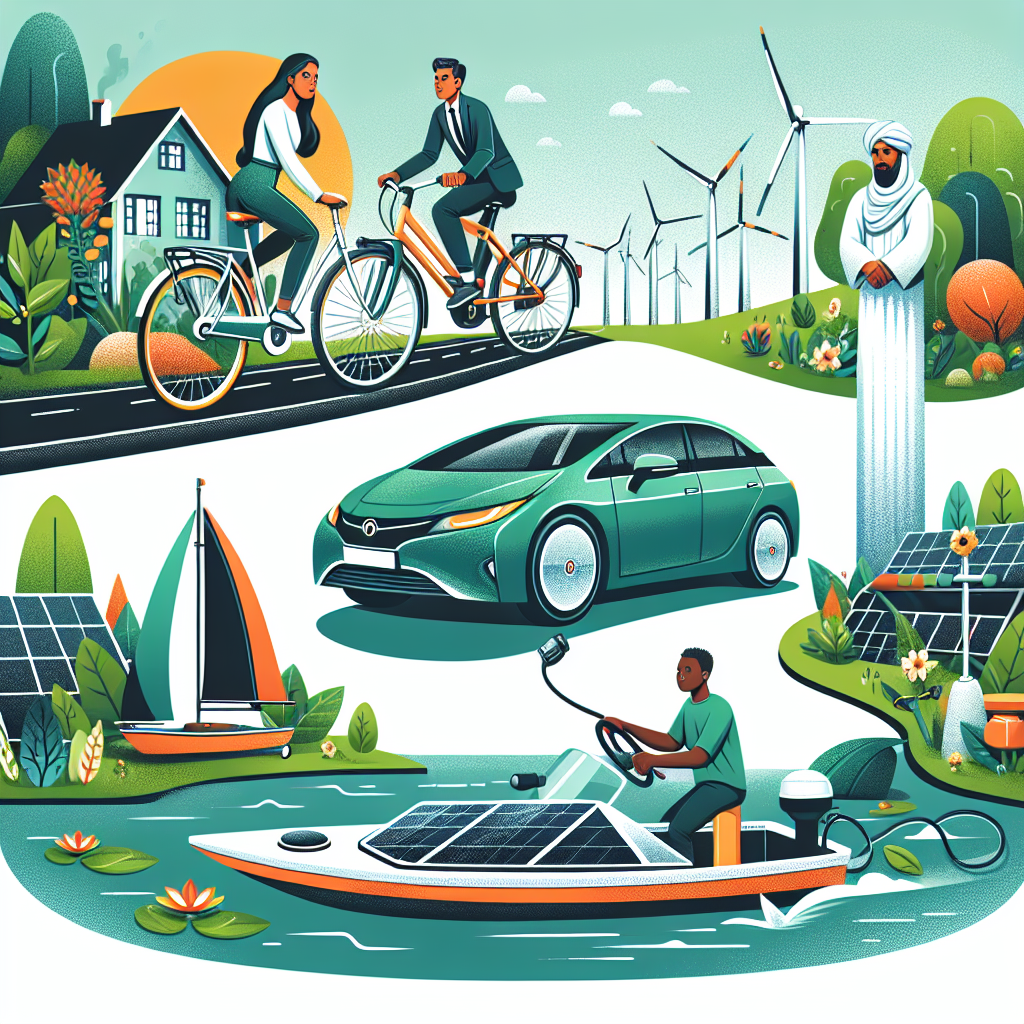When it comes to creating a sustainable and eco-friendly city, urban planning plays a crucial role in encouraging sustainable transportation options. By incorporating green vehicles and promoting eco mobility, cities can reduce their carbon footprint and create a healthier environment for their residents.
Sustainable travel is all about finding ways to move around that have minimal impact on the environment. This includes walking, cycling, using public transportation, carpooling, and utilizing electric or hybrid vehicles. By choosing these modes of transportation over traditional gas-powered cars, individuals can help reduce air pollution, traffic congestion, and greenhouse gas emissions.
Green Vehicles
One of the key components of sustainable transportation is the use of green vehicles. These include electric cars, hybrids, and other alternative fuel vehicles that produce lower emissions than traditional gasoline-powered vehicles. By investing in green vehicles and creating infrastructure to support them, cities can encourage residents to make the switch to more environmentally friendly modes of transportation.
In addition to reducing emissions, green vehicles also offer cost savings for drivers. Electric cars are typically cheaper to operate than gas-powered cars and require less maintenance over time. By providing incentives such as tax breaks or subsidies for purchasing green vehicles, cities can further encourage residents to make the switch.
Eco Mobility
Eco mobility refers to the concept of moving people in a way that is both environmentally friendly and socially inclusive. This includes promoting walking and cycling as viable modes of transportation, improving public transportation systems, and creating pedestrian-friendly spaces within cities.
By investing in infrastructure such as bike lanes, pedestrian walkways, and public transportation networks, cities can make it easier for residents to choose sustainable travel options. This not only reduces emissions but also promotes physical activity and improves overall health outcomes for residents.
Urban Planning for Sustainable Transportation
Urban planners play a critical role in designing cities that support sustainable transportation options. By incorporating principles of mixed land use, compact development, and transit-oriented design into their plans, planners can create environments that are conducive to walking, cycling, and using public transportation.
Key strategies for promoting sustainable transportation through urban planning include:
- Creating pedestrian-friendly streetscapes with ample sidewalks and crosswalks
- Designing bike lanes and shared paths for cyclists
- Improving access to public transportation with well-connected networks
- Implementing policies that prioritize green vehicles over traditional gas-powered cars
- Incorporating green spaces into urban environments to improve air quality
Conclusion
In conclusion, creating green cities that prioritize sustainable travel is essential for reducing emissions and creating a healthier environment for residents. By investing in green vehicles, promoting eco mobility options like walking and cycling, and incorporating sustainable transportation principles into urban planning efforts, cities can work towards a more sustainable future.
It’s up to all of us to do our part in choosing sustainable travel options whenever possible. Whether it’s taking public transportation instead of driving alone or opting for an electric vehicle over a gas-powered car, every small choice we make can have a positive impact on our communities and the planet as a whole.

Leave a Reply